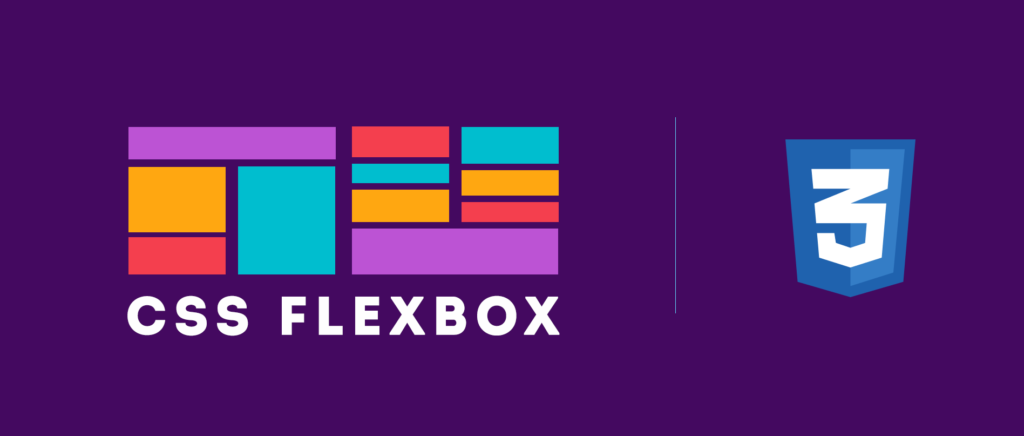Real-World Examples of the CSS Box Model in Web Development
 Winston Wacieni
Winston Wacieni
Introduction to the CSS Box Model and its Importance in Web Development
The CSS Box Model is a fundamental concept in web development that determines the size and layout of HTML elements on a web page. Understanding how the CSS Box Model works is essential for developers who want to create dynamic HTML element, such as text or an image. The padding is the space between the content and the border, which defines the element's background. The border surrounds the content and padding, and the margin is the space outside the border. It is a set of rules for calculating the size and position of elements on the page, including padding, borders, and margins. Here's how it works:
All code on the blog can be found on my Github
Every HTML element is treated as a rectangular box, with content at its core. The content area is surrounded by optional padding, a border, and an optional margin. The size of these components determines the final size and position of the element on the page.
For example, let's consider a simple div element with a width of 200 pixels and a height of 100 pixels. The content area of this element would have the same size as its specified width and height. The padding, border, and margin would add extra space around the content area, increasing the total size of the element.
Here's a real-world example to help illustrate this concept:
Consider a blog post where the content area holds the text of the post, the padding provides space between the text and the border, the border gives the element visual emphasis, and the margin separates the element from other elements on the page.
In terms of web development, the CSS Box Model plays an important role in creating visually appealing and functional web pages. By using the CSS Box Model, you can control the size and position of elements on a page, create visual hierarchy, and ensure that your page is readable and accessible for all users.
With the rise of modern front-end frameworks like React and Vue.js, the CSS Box Model is still relevant, as these frameworks are built on top of HTML and CSS. They may provide additional abstractions and tools for working with the box model, but the underlying concept remains the same. JavaScript is also commonly used in conjunction with CSS to create dynamic and interactive user experiences on web pages.
Here are a few examples of how the CSS Box Model can be used in web development:
- Simple Box Model with Content, Padding, Border, and Margin: This example shows how the CSS Box Model works in its simplest form. The content is surrounded by padding, which is in turn surrounded by a border, and finally, the margin. By using different CSS properties, you can adjust the size of each component and create a unique look for your HTML element.
<div
style="
width: 200px;
height: 100px;
padding: 20px;
border: 5px solid black;
margin: 10px;
"
>
Content
</div>
In this example, the width and height properties set the size of the content area to 200 pixels wide and 100 pixels tall. The padding property adds 20 pixels of space inside the border, between the content and the border. The border property adds a 5-pixel-wide black border around the content and padding. Finally, the margin property adds a 10-pixel-wide space outside the border, separating the element from other elements on the page.
- Box Model with Different Padding on Top and Bottom: In this example, we show how you can use the CSS Box Model to create different padding on the top and bottom of an HTML element. This is useful for creating visually appealing layouts, such as for headings and subheadings.
<div
style="
width: 200px;
height: 100px;
padding-top: 20px;
padding-bottom: 30px;
border: 5px solid black;
margin: 10px;
"
>
Content
</div>
In this example, we use the padding-top and padding-bottom properties to specify different amounts of padding on the top and bottom of the element. This allows us to create a more complex layout and adjust the spacing around the content as needed.
- Box Model with a Transparent Border: This example demonstrates how you can use the CSS Box Model to create a transparent border around an HTML element. This can be useful for creating visual effects, such as making text stand out or highlighting an image.
<div
style="
width: 200px;
height: 100px;
padding: 20px;
border: 5px solid transparent;
margin: 10px;
"
>
Content
</div>
In this example, we use the transparent value for the border-color property to create a transparent border. This allows us to create an element with padding and margin, without adding any visual emphasis with a border.
These examples demonstrate the flexibility of the CSS Box Model and how it can be used to create a wide range of visual effects in web development.
The margin:auto; property
One of the most useful CSS properties in relation to the CSS Box Model is the "margin: auto" property. This property allows you to center an HTML element horizontally within its parent container by setting the left and right margins to "auto". This is particularly useful for aligning elements such as images or form fields in the center of a web page. The "margin: auto" property is a simple and effective way to create clean and professional-looking layouts in your web pages. When used in conjunction with other CSS properties, such as "display: flex" and "justify-content: center", you can create complex and responsive web page designs with ease.
The CSS Box Model in Modern Front-End Frameworks: React, Vue.js, and More
In recent years, front-end frameworks have become increasingly popular among web developers. React and Vue.js are two of the most widely Additionally, you can explore the CSS Box Model in action by working with code examples and tutorials from websites like Codecademy (https://www.codecademy.com/learn/learn-css) and FreeCodeCamp (https://www.freecodecamp.org/learn/responsive-web-design/css-box-model/). With a solid understanding of the CSS Box Model and the right tools and resources at your disposal, you'll be able to create beautiful and functional web pages that your users will love.
Conclusion
In conclusion, the CSS Box Model is a critical component of web development that provides a basic framework for determining the size and position of elements on a page. Understanding the box model is an important step in becoming a successful web developer, as it is a foundational concept that is used in nearly all web projects.
Subscribe to my newsletter
Read articles from Winston Wacieni directly inside your inbox. Subscribe to the newsletter, and don't miss out.
Written by

Winston Wacieni
Winston Wacieni
Javascript junkie